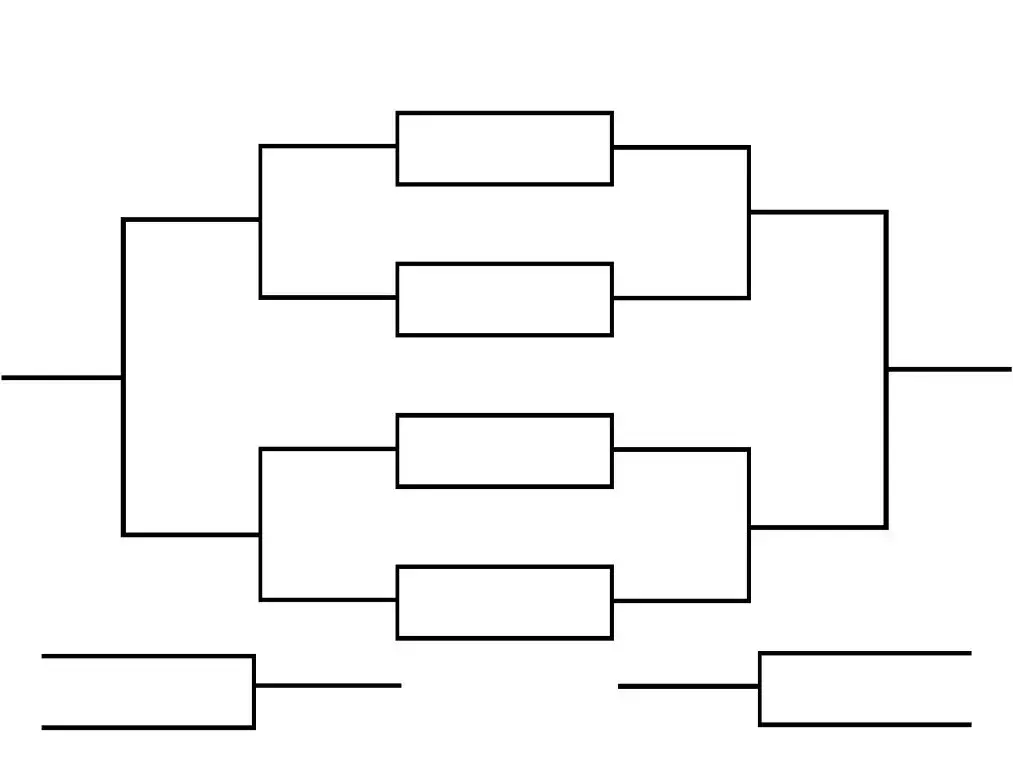What is a Tournament Consolation Bracket?
A Tournament Consolation Bracket is a method of organizing a competition where every team has the chance to continue playing even after losing a game. Instead of being eliminated completely, teams that lose their first game move into the consolation bracket where they compete for ranking positions beneath the championship title, such as 3rd or 7th place.
How does the 8 Team Consolation Tournament operate?
In an 8 Team Consolation Tournament, teams are initially paired for their first game. Losers from the first round of games (Game 1,2,3,4) move into the consolation bracket to play in Game 5,6,7, and 8. The outcome of these games determines their further positioning and matches, leading eventually to a consolation champion and other place finishes such as 3rd and 7th place.
How can a team become the Consolation Champions?
To become the Consolation Champions, a team must first lose their initial game to enter the consolation bracket. They then need to win their subsequent matches in the consolation bracket, culminating in winning Game 11, which determines the Consolation Champions.
What happens in Game 9 and Game 10?
Game 9 and Game 10 are specifically for determining the 7th and 3rd place rankings. Game 9 is played between the losers of Game 5 and Game 6, while Game 10 involves the losers of Game 7 and Game 8. The outcomes of these games establish the final standings for teams in the lower-tier rankings.
Is it possible for a team to lose their first game but still win a title?
Yes, a team losing their first game in the tournament has the opportunity to win the title of Consolation Champions. While they cannot win the overall tournament championship, they can achieve the highest possible ranking within the consolation bracket by winning all their subsequent matches.
How is the overall placement determined for teams in the consolation bracket?
Overall placement for teams in the consolation bracket is determined firstly by their progress in winning matches within the bracket. Teams are placed based on their success in specific games designed to rank them, from the Consolation Champions to the 3rd and 7th place finishers, depending on their performance in games 9 through 12.
What is the purpose of having a consolation bracket?
The purpose of the consolation bracket is to provide teams that lose early in the tournament a chance to continue playing and competing. It offers these teams additional games, ensuring they gain more experience and have an opportunity to improve their overall standings despite an initial loss.
Can a team play in both the winner’s and consolation brackets?
No, once a team loses a game and moves to the consolation bracket, they remain there for the duration of the tournament. They cannot move back to the winner’s bracket. The initial set of games determines the path of each team for the rest of the tournament, segregating them into either the winner’s bracket or the consolation bracket.
Are the games in the consolation bracket played at the same time as the main tournament games?
The scheduling of consolation bracket games may vary depending on the specifics of the tournament organization. Typically, these games are played in parallel with the main tournament games to ensure the tournament progresses efficiently. However, schedules are usually predefined, ensuring all teams know their potential game times in advance.
How is success measured for teams in the consolation bracket?
Success for teams in the consolation bracket is measured by their ability to win matches within the bracket itself, aiming for the highest possible ranking, such as the Consolation Champions. Beyond winning, success can also be measured by the experience gained, improvements made, and sportsmanship displayed throughout the tournament.

